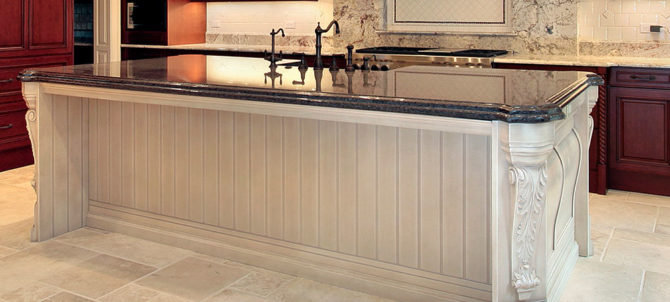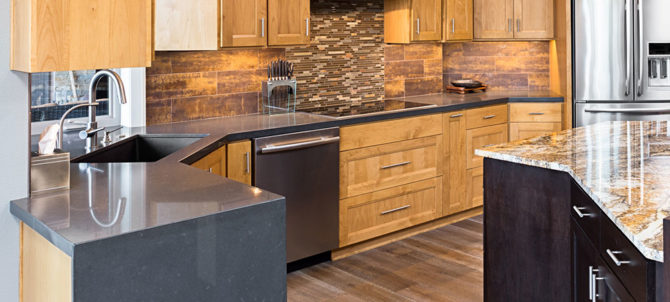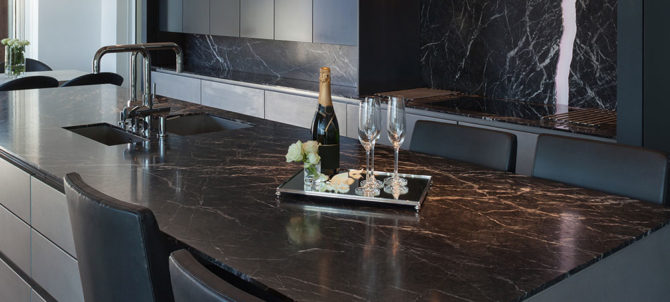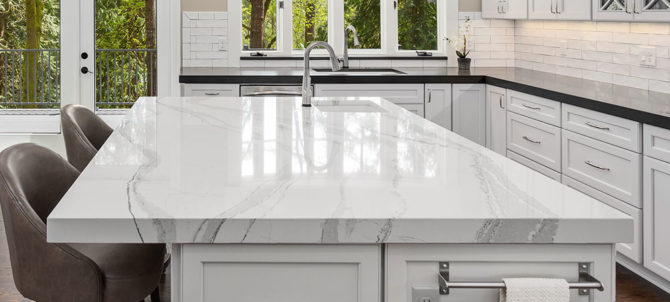
When investing in new kitchen countertops, it’s natural to want to ensure they last for a long time. After all, these countertops may remain in the family house for generations or be passed down from one owner to another for decades.
Marble countertops are the envy of every homeowner with their creamy, delicate textures and luxurious designs. Of course, marble is a considerably softer stone than granite, making it more susceptible to scratches, stains, and damage over time.
How long will the countertops last? If you are wondering about this, you should know that marble is a natural stone, and with proper care, your marble countertop can last 50 years or more. Of course, this depends on the original material and the care you take with your counters.
How do you take good care of your marble countertops? Here is how to go about it:
Avoid acids on the counters
The first rule of marble countertop protection is to avoid acidic liquids. This is because acid is one of the most common causes of damage to marble surfaces. Acidic and abrasive liquids like vinegar or bleach can etch striations into the surface and ruin the sealant. You don’t want this, do you?
Similarly, avoid acidic meals that come into close touch with the surface, such as tomatoes and citrus fruits.
Clean spills as soon as they happen
It is inevitable, even if you try your hardest not to spill anything on your marble countertops. If you cause a spill, clean it up as soon as possible. Remember that because marble is porous, liquid spills can seep into it and leave difficult-to-remove stains.
You can remove the spills with a light soap and ammonia, but deeper stains will take some elbow grease. To remove paint stains, use a small razor, then rub out water streaks and spots using a rough-surface pad.
Protect the surfaces from smoke.
Marble countertops are an excellent way to make your kitchen appear more expensive, but they are prone to several typical kitchen issues, including smoke. A marble countertop may look wonderful next to your BBQ smoker, but the smoke can build up and damage your counters.
Ensure that all smoke in your kitchen is adequately ventilated and that you clean your marble counters after using a smoke-producing item. Combine neutral pH soap, hydrogen peroxide, and baking soda to remove soot and smoke residue.
Watch out for heat
When it comes to caring for marble countertops, prevention is crucial. For example, many consumers assume they can lay hot pans and pots straight on their marble worktops, just as with granite.
While this is the case, you should note that the high heat causes the marble to discolor and break. As a result, it is always a good idea to cover your counter with a protective surface before placing hot utensils or appliances on it.
Seal the countertops
You should seal your countertops at installation and reseal them every six to twelve months. Marble sealing chemicals contain a unique liquid resin mixture that solidifies into an impermeable covering, keeping water and liquids out.
The sealants can protect your marble from the most severe damage, but remember to remove the stains as soon as you notice them, as they can easily leak through the sealant.
You can seal the marble surfaces yourself or pay an expert to help you. If you’ve opted to do it yourself, use high-quality, penetrating marble sealants
If you hire a technician to seal the surfaces, ensure it’s the same person who installed and sealed the counters. This is because the technician will be more familiar with the countertops. Thus, they are more likely to deliver a better service.
Be cautious when cleaning the marble surfaces.
Proper cleaning removes food remains that could damage surfaces. At the same time, it keeps the counters looking great.
The significant part is that you don’t have to be fancy with the cleaning. Using a sponge and a soft cloth is sufficient. Avoid cleaning agents as much as possible, as they can ruin your surfaces. Remember that the only agents required are hot water and, preferably, marble-specific.
Remember that you should avoid using soap during regular cleaning. While the soap may not harm the stone at first, repeated usage may degrade the coating that protects the surface, giving your countertops a dreary, unsightly appearance.
To make countertop cleaning easier, make it a habit to blot spills as soon as they occur. Remember that marble is more sensitive to acidic liquids such as fruit juices, wine, coffee, sodas, tomato sauces, toiletries, and cleaning products, so blot spills to prevent discoloration or etching.
If you have a sticky spot on your marble countertops, your first inclination may be to reach for a scouring pad or steel wool. While this might sound like a good idea, you should note that when cleaning and polishing marble, you should avoid using rough materials. The abrasive fibers in some rags and steel wool can erode sealant and leave scratches on the surface.
Instead, use a soft microfiber towel to clean marble surfaces. The tiny fibers will not harm the stone. You should only use a rougher cleaning rag to remove tough stains and water spots.
Remember that when cleaning marble, you must first prepare the surface. You can prepare your counters by removing dust, grime, or other debris. The particles may harm the finish if you try to clean your counters without dusting.
Parting shot
Marble is a natural stone; thus, it has a far longer lifespan than other countertop materials. Marble countertops Raleigh aren’t as durable as granite; therefore, most manufacturers give their surfaces a 20-year lifespan.
While this is the case, if you follow these marble care instructions and maintain your marble countertops regularly, they can last up to 50 years or longer.
Remember that the durability of the countertops is highly pegged on how you install them, so ensure that you work with experts who will not only help with professional installation but also guide you on proper care and maintenance of the surfaces.



